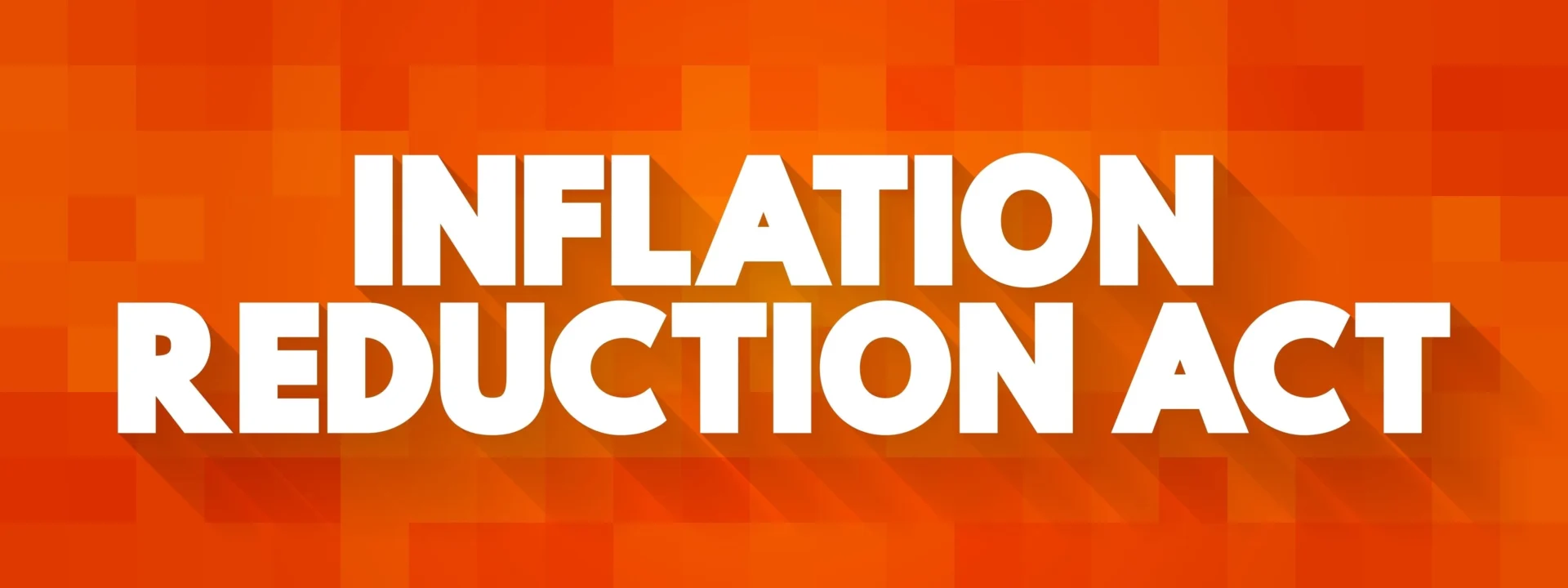

The Inflation Reduction Act provides substantial investments to improve the energy efficiency and sustainability of existing buildings in the U.S. while also encouraging manufacturers to produce in America.
Federal tax deduction between $2.50 and $5 per square foot for new or existing commercial buildings, eligible entities are commercial building owners, real estate investment trusts, etc. Public buildings and tax-exempt entities (municipalities, universities, nonprofits, churches, school systems, etc.) can access the deduction by transferring it to the project designer. The tax reductions apply based on the following requirements:
Projects using prevailing wages and apprenticeship programs:
Projects NOT using prevailing wages and apprenticeship programs:
Tax credit of up to 30% of cost of solar, geothermal, combined heat and power, storage and other clean
Technologies, eligible entities include taxpaying property owners (office, retail, etc.). Entities without tax
liability (governments, nonprofits, utility coops, etc.) can take direct payment of the tax credit.
Projects using prevailing wages and apprenticeship programs:
Projects NOT using prevailing wages and apprenticeship programs:
The Inflation Reduction Act is expected to create millions of new manufacturing jobs. These jobs are family-sustaining jobs with medical benefits and leave. Companies that make solar panels, wind turbines, and battery plants will benefit from its provisions as the country turns towards cleaner forms of energy.
The Act will benefit small manufacturers by leveling the playing field. The Act levies a minimum 15% tax on corporate profits for the largest corporations. Such companies will no longer be able to leverage loopholes that don’t apply to smaller businesses.
With nearly $500 billion in new spending and tax breaks, the Inflation Reduction Act stands to boost US manufacturing production. Most importantly, it also provides resources for research and development.
No doubt, US manufacturers are expected to step up to the plate and ramp up production to meet the demand created by the Act. However, they are not expected to do so on their dime. Nearly $400 billion is slated for clean transportation. EV manufacturers that adhere to the Inflation Reduction Act provisions will benefit significantly.
The federal government anticipates about $216 million in tax credits for private investment in manufacturing, transportation, and clean energy. This investment comes in the form of research and development grants that will improve the manufacturing processes used to bring this Act to life.
On the consumer side of the equation, the federal government anticipates that approximately $43 billion in tax incentives will generate greater demand for EVs, home batteries, solar panels, smart home systems such as thermostats, and energy-efficient appliances. If you’re a residential contractor or a manufacturer of residential electrification technologies, demand will be rising significantly over the next decade.
Several large EV manufacturing and assembly companies and battery manufacturing companies have already struck deals that will meet the requirements of the Inflation Reduction Act and benefit from its incentives.
Piedmont Lithium will invest $580 million in Tennessee. The money will be used to process, refine, and manufacture lithium – a key component in battery manufacturing for electronic vehicles. In the same light, Volkswagen and Mercedes entered into an agreement with Canada (one of the US free-trade partners) for lithium, cobalt, and nickel for their EVs.
Toyota invested an additional $2.5 billion in its North Carolina battery manufacturing arm. Meanwhile, both Honda and LG announced a joint venture to produce lithium-ion batteries in the United States. Ford broke ground on its first new assembly plant in over 50 years. The Tennessee-based plant will cost $5.6 billion and be dedicated to producing electronic vehicles. South Carolina will receive a $1.7 billion makeover, courtesy of BMW, to produce six fully electronic vehicle models in the United States by 2030.
To avoid “battery anxiety,” several companies are also investing in EV charging stations nationwide. ABB Charging will open a facility in South Carolina that is capable of making 10,000 EV chargers per year. Not to be outdone, Lincoln Electric announced a new line of fast EV chargers that will be made in Ohio.
Many of the key components of your “green” supply chain already are – or shortly will be – produced in the United States. Not only does this feature of the Inflation Reduction Act shorten your supply chain, but it also makes your chain “greener.” The less distance your raw materials travel, the lower your company’s carbon footprint will be.
If you plan on capitalizing on the unprecedented demand for electrification technologies over the next decade, win more jobs and increase your profits by lowering the prices you pay for equipment, materials and supplies for these jobs.
How? Join a procurement platform like Raiven. Gain access to pre-negotiated discounts of 7%-30% from industry-leading manufacturers and distributors like Alpscontrols, Carrier, Ferguson, Grainger, Graybar, Home Depot, Koch Filter, Schneider Electric, Sunbelt Rentals, and more. This extensive network of suppliers can help you reduce out-of-stock situations and save money.
In addition, Raiven provides the technology platform that enables your team to order contracted supplies electronically and provides real-time data on your purchases and deliveries. No more searching through invoices or Excel files and frantic phone calls to suppliers.
Ready to win more jobs and make more profit on your jobs? Contact Raiven today to learn more!
